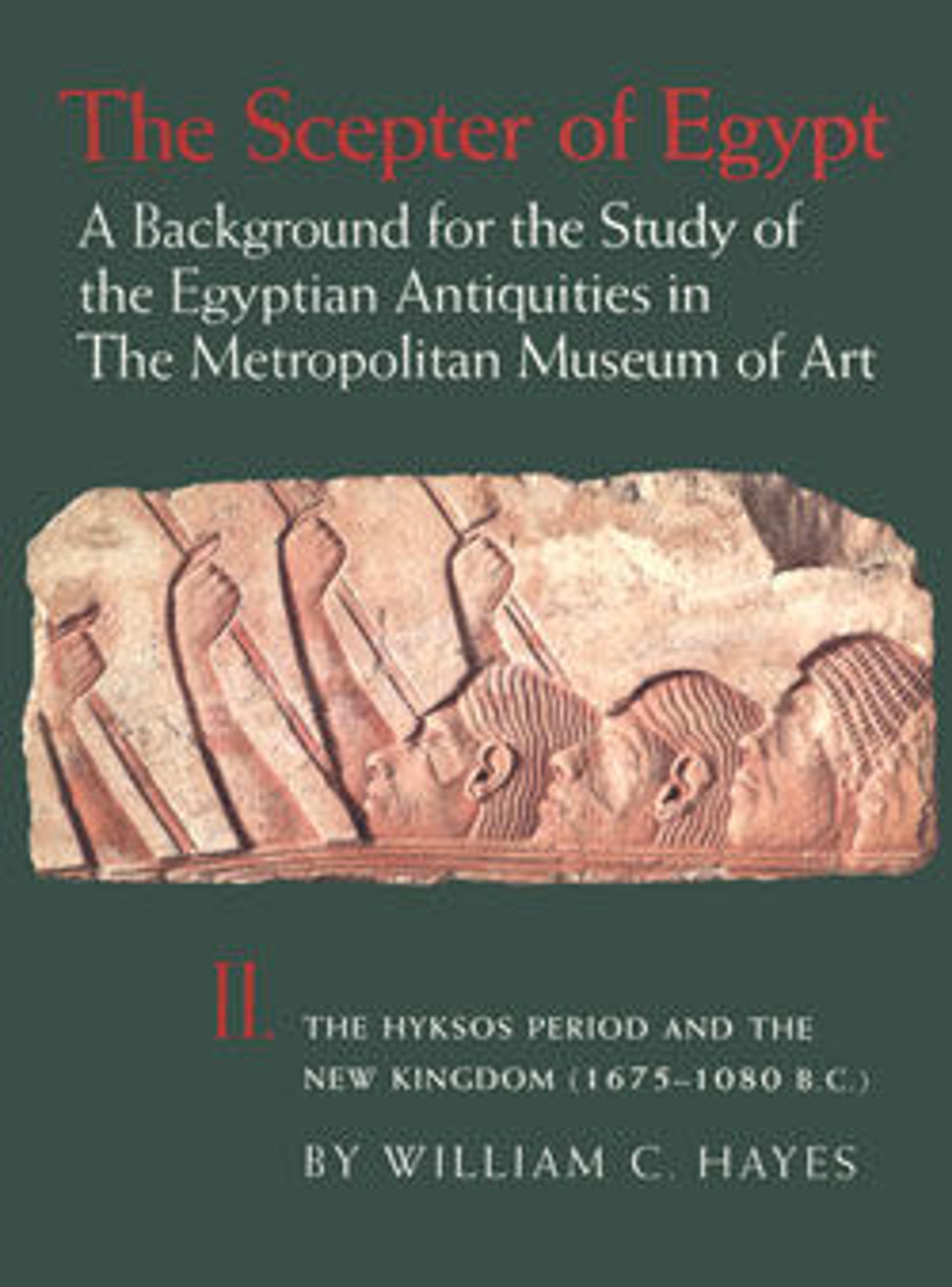Scarab with the Representation of a Hippo
A hippo turns its head towards the hieroglyph for good and beautiful (nfr). More signs are placed above and below. The hippo has an ambivalent meaning in ancient Egypt. While it was considered one of the country’s most dangerous animals, the hippo was also a symbol for rebirth and regeneration. The positive nature of the accompanying hieroglyphs indicates that the representation of a hippo had a protective function for the scarab’s owner.
Artwork Details
- Title:Scarab with the Representation of a Hippo
- Period:Middle Kingdom
- Dynasty:mid to late Dynasty 13
- Date:ca. 1740–1640 B.C.
- Geography:From Egypt, Memphite Region, Lisht North, Cemetery, MMA excavations
- Medium:Bright blue glazed steatite
- Dimensions:L. 1.6 × W. 1.2 × H. 0.8 cm (5/8 × 1/2 × 5/16 in.)
- Credit Line:Rogers Fund and Edward S. Harkness Gift, 1922
- Object Number:22.1.384
- Curatorial Department: Egyptian Art
More Artwork
Research Resources
The Met provides unparalleled resources for research and welcomes an international community of students and scholars. The Met's Open Access API is where creators and researchers can connect to the The Met collection. Open Access data and public domain images are available for unrestricted commercial and noncommercial use without permission or fee.
To request images under copyright and other restrictions, please use this Image Request form.
Feedback
We continue to research and examine historical and cultural context for objects in The Met collection. If you have comments or questions about this object record, please contact us using the form below. The Museum looks forward to receiving your comments.
